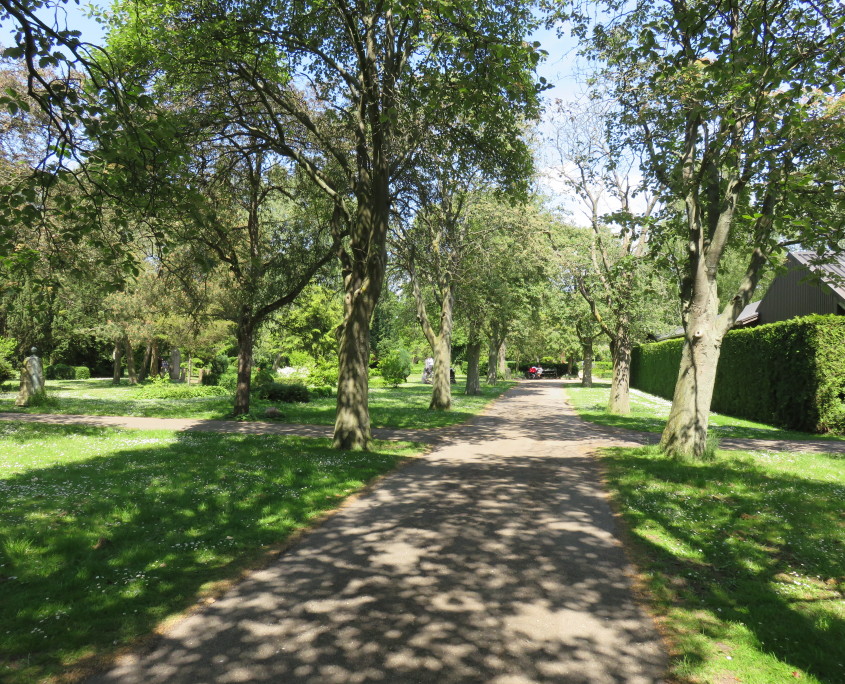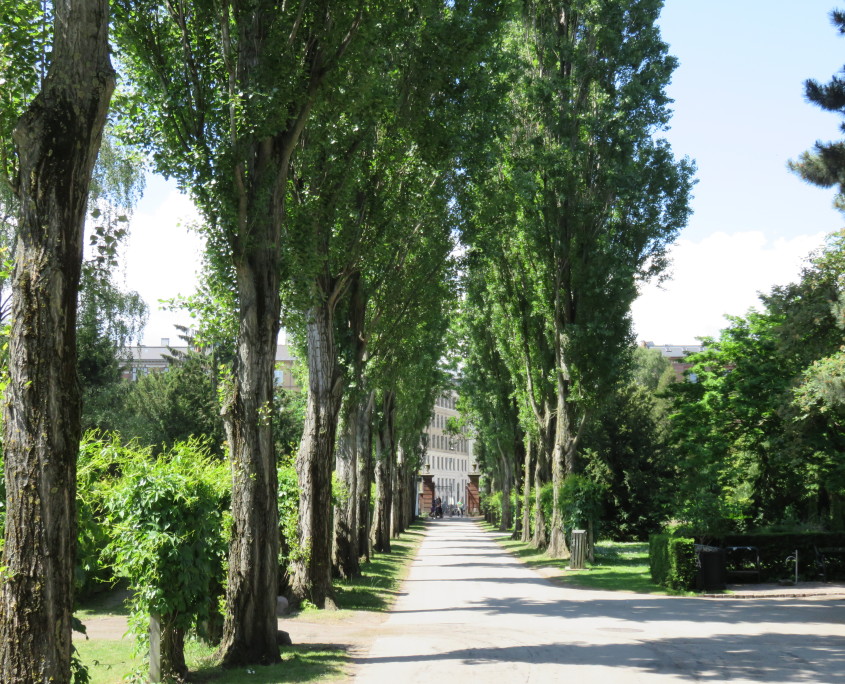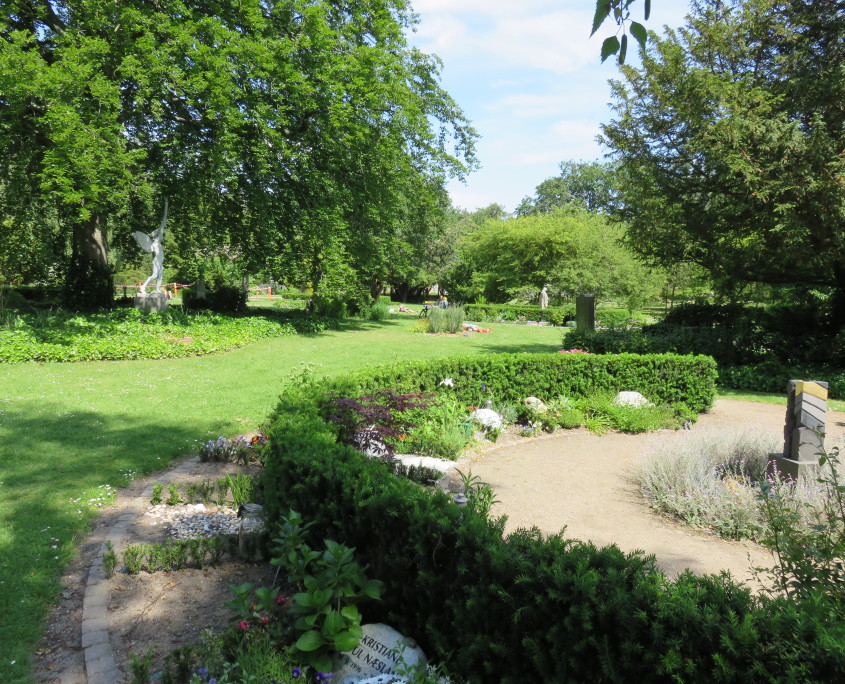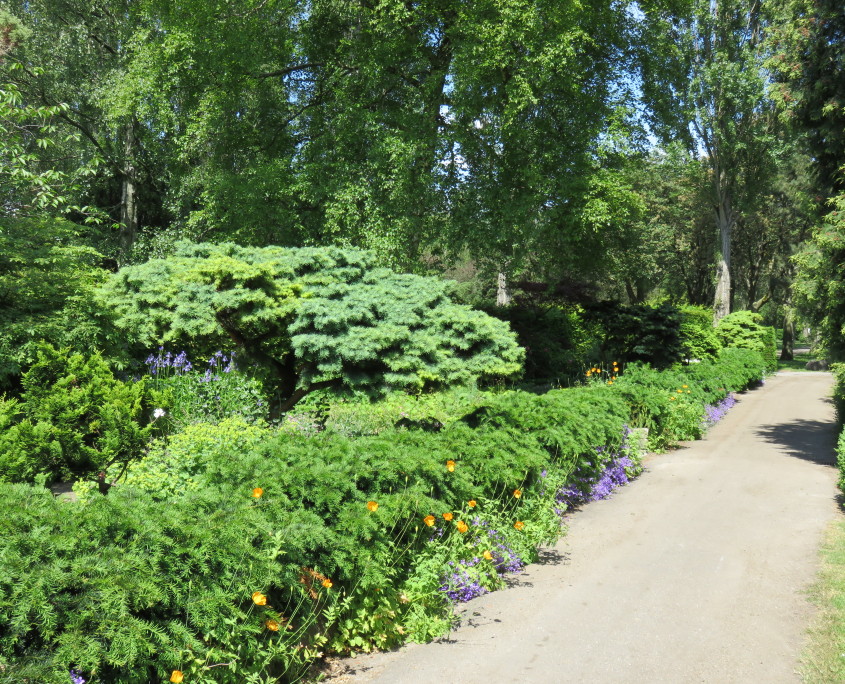Assistens Kirkegård – Assistens Cemetery
–
Assistens Kirkegård (Assistens Cemetery) in Copenhagen, Denmark, is the burial site of a large number of Danish notables as well as an important green space in the Nørrebro district.
Inaugurated in 1760, it was originally a burial site for the poor laid out to relieve the crowded graveyards inside the walled city, but during the Golden Age in the first half of the 19th century, it became mundane.
Many leading figures of the epoch, such as fairy tale author Hans Christian Andersen, existentialist philosopher Søren Kierkegaard, Golden Age painters Christoffer Wilhelm Eckersberg and Christen Købke, Nobel Prize-winning physicist Niels Bohr, and American jazz musicians Ben Webster and Kenny Drew, who settled in Copenhagen during the 1950s and 1960s, are all buried on the premises.
An “Assistens” Cemetery is laid out to assist the original crowded burial sites close to the urban churches. There are a number of such assisting cemeteries around Denmark.
Originally the cemetery was intended as a burial ground for paupers. In 1785 an affluent citizen, astronomic writer, and First Secretary of the War Chancellery Johan Samuel Augustin made specific requests to be interred at the cemetery. He was soon followed by other leading figures from the elite and the cemetery soon developed into the most mundane burial ground in the city.
Around that time, excursions to the cemetery with picnic baskets and tea became a popular activity among common citizens of Copenhagen. In his account of a visit to Copenhagen in 1827, the Swedish poet Karl August Nicander fondly remembers Assistens Cemetery: “In order to enjoy another softer, quieter celebration, I walked out one evening through Nørre Port (the North Gate) to the so-called Assistens Cemetery. It is certainly one of the most beautiful graveyards in Europe. Leafy trees, dark paths, bright open flowery expanses, temples shaded by poplars, marble tombs overhung by weeping willows, and urns or crosses wrapped in swathes of roses, fragrance, and bird song, all transform this place of death into a little paradise.”
The cemetery is still serving its original purpose as a burial ground but is also a popular tourist attraction, as well as the largest and most important green space in the inner part of the Nørrebro district.
In 2003 an old horse stable in a corner of Assistens Cemetery was converted into a small museum dedicated to writer and artist Herman Stilling, a native to the Nørrebro area and mainly known for painting trolls. Apart from the permanent exhibition, the museum also contains an exhibition space for special exhibitions, a picture workshop for children and young people, and a café.







